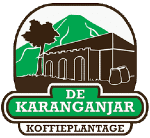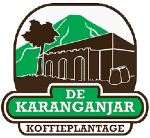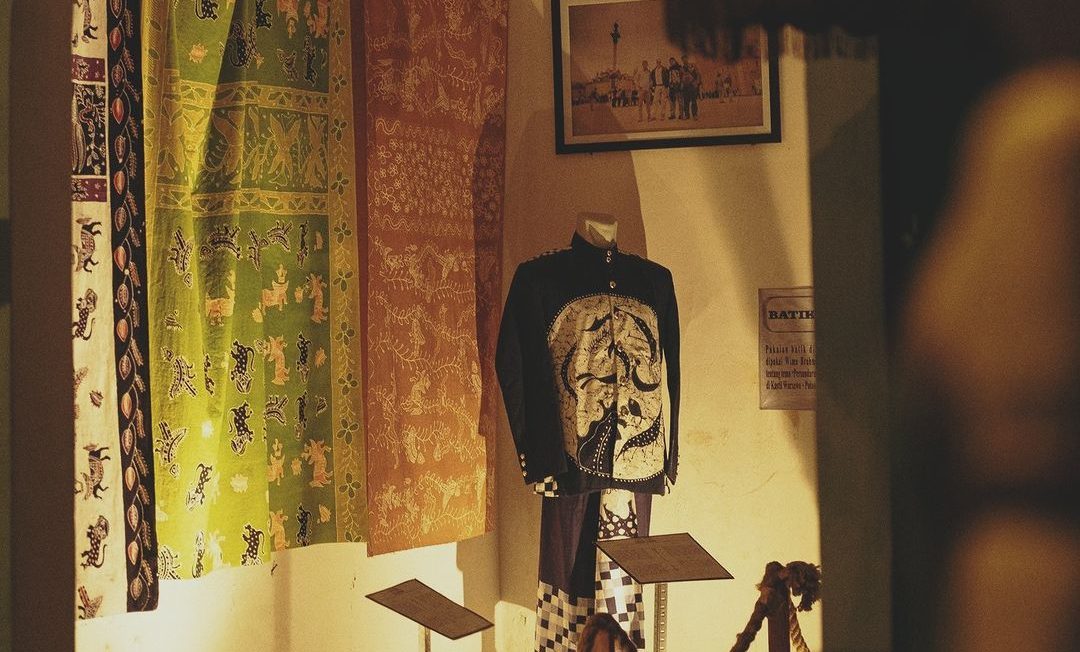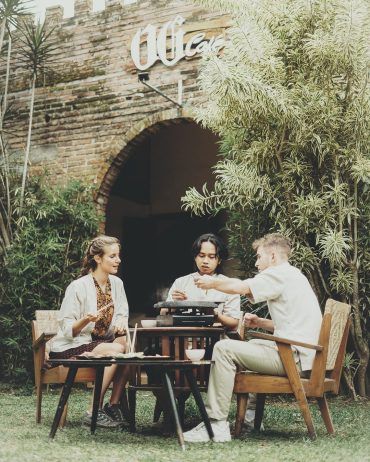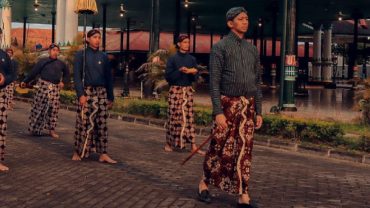Have you ever been mesmerised by the beauty of a detailed wood carving or the colourful charm of a woven bag?
If yes, then you will definitely be fascinated by the wealth of handicrafts originating from Blitar City.
The city, famous for Bung Karno's grave, has a myriad of surprises in the world of handicrafts.
Blitar, with its rich history and culture, has given birth to master craftsmen who are able to transform simple materials into stunning works of art.
Their skilful hands have created a wide range of craft products, from home furnishings to unique accessories.
What makes Blitar crafts so special?
Let's delve deeper into the history, types of handicrafts, and how they have become an important part of Blitar's economy and culture.
The existence of handicraft home industries in Blitar shows the diversity of handicrafts that are not only aesthetically beautiful, but also economically valuable and can be utilised as a learning resource in elementary schools.
However, despite being mapped, the presence of handicraft businesses, their types, and the locations of crafters in Blitar have not been fully identified, mainly due to the limited reach of researchers in mapping all villages and sub-districts.
In general, handicrafts in Blitar include various products such as key pendulum crafts, coconut shells, jimbe drums, brooches, ketipung, birdcage crowns, maracas, creative bamboo, pottery, painted glass, barongan, wood carvings, bags, puppets, batik, paper, and others.
These products can be categorised based on function, raw materials, and manufacturing techniques. According to research conducted by Dwiningsih (2012), handicrafts can be classified based on techniques such as carving, ceramics, weaving, and batik, which aims to facilitate understanding of the results of craft mapping in Blitar.
The diversity of crafts in Blitar includes products with the same materials and techniques but different functions, or conversely, products with the same function but made from different materials and techniques.
Some examples based on function include key pendulum crafts in Bendogerit, barongan in Darungan, brooches in Sukorejo, and jimbe and ketipung drums in Tanggung.
In addition, handicraft locations in Blitar are spread across various regions, such as Kepanjen Kidul sub-district, which has many craft businesses that contribute to the economic growth of the community.
Craft centres in Blitar Regency are also scattered in several villages, such as Candirejo in Ponggok, Tuliskriyo in Sanankulon, and others.
Handicrafts in Blitar represent the creative potential of people who are productive, persistent, and resilient in improving their welfare.
Craft business owners are also careful to choose product names based on the main material, such as coconut shell crafts in Garum and creative bamboo in Candirejo, which helps people recognise the type of craft product.
Finally, Blitar handicrafts, such as the collection of distinctive batik on display at the Noegroho Museum in De Karanganjar Koffieplantage, are not only a symbol of beauty, but also a reflection of the region's history and culture.
Each batik motif tells the story of the land of Blitar since the royal period, making it an integral part of the identity and cultural heritage that must be preserved.
These crafts are an important investment for the future, strengthening the economy and galvanising people's love for their cultural heritage.
